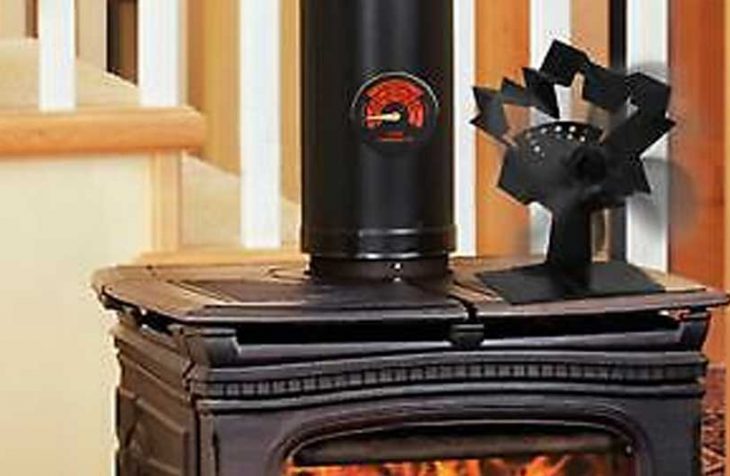How to Use a Wood Stove Thermometer
If you are reading this article chances are you supplement house heating with wood. While the century-old technique could just hack it, there are hazards associated with it. One nagging problem is the accumulation of creosote. Usually, creosote buildup may trigger a fire. To cure this, wood stove thermometers are used to protect your home from potential fires and corrosion of the metal pipe due to hot fire. Also, they ensure you are notified against an overburn (>600ºF)which leads to combustibles near the stovepipe and chimney to get too hot.) or underburn( <250ºF leading to creosote buildup).
The temperature of your stovepipe flue is usually higher than at the top of the chimney (250ºF) because the exhaust gases cool as they move up the chimney. The rate of cooling depends on factors such as length of chimney, whether the chimney is indoors or outdoors, and chimney material.
Most people agree that placing the thermometer at eye-level ensures your damper isn’t interfered with. The selection of where to place the thermometer depends on whether you have a double or single wall stove. In case of the later, it’s advisable to place the thermometer atop the stove while in the former 18” to 2 feet up from the stove.
Normally the first magnetic thermometer is placed on the metal flue of the woodstove. The pipes’ base is attached 2 to three feet away, to measure the exit gases for accurate readings. Distance is kept due to the likelihood of high temperature resulting in a reduction of the magnetism of the thermometer and subsequent fall.
The second thermometer is placed on top of the stove or firebox. This gives internal temperature readings including the combustion chamber. A lower location of the thermometer gives higher readings due to the proximity with the heating in the combustion chamber.
Doe a test run by lighting a fire in the combustion chamber to confirm how the thermometers work.
Woodburning stove optimum burning temperature
Mostly dials are color-coded depending with the corresponding temperature range. An example is a range of 100 to 260 degrees F means a cold fire and likelihood of creosote formation inside of the flue.
The best temperature range is between 270 to 460 degrees considered optimum for your stove functionality and heat emitted.
480 degrees is considered too hot. Usually, this accompanied by metal fatigue in the stove and flue.
Depending on the color range, make adjustments on the air intakes to the more moderate optimum flue temperature 280 to 460 degrees range.
Stovetop vs. Stovepipe Thermometer Placement
The positioning of the thermometers both top and internal gives different values. So if you are using wooden stove thermometers which value is more reliable? Stovetop temperature is unreliable due to its constant fluctuation due to its reliance on rising gases(which cool down as time passes). However, overburns are aptly captured by the internal stove pipe and quickly reflected.
Check this too: Best Wood Stove Thermometer
There is a general consensus on the usage of wooden stove thermometers to ensure you get better heating. In addition to this, it is important to know how to take readings and place the thermometers to get reliable heat values.
